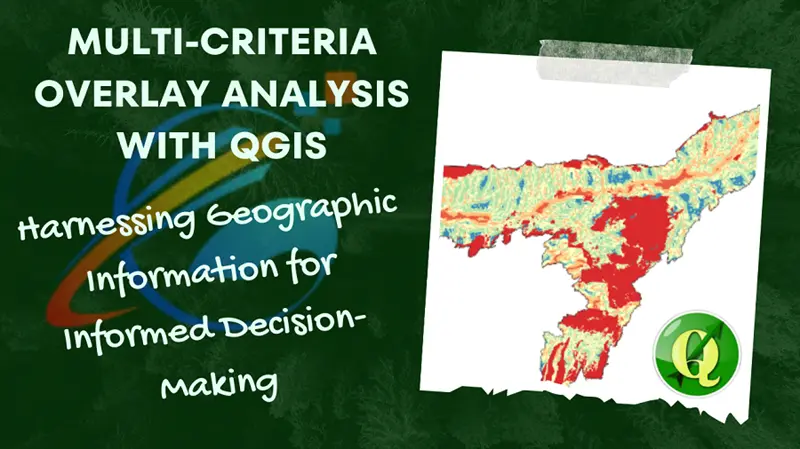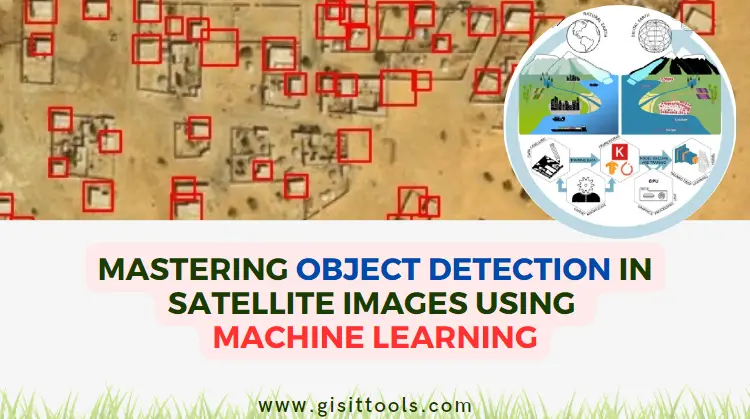This Blog introduces the fundamental concepts that define imagery—its structure, uses, and classification. More importantly, the blog introduces the four fundamental steps required to rigorously consider the type of information to be extracted from imagery, and how those considerations will drive all decisions you make about acquiring, using, serving, and classifying imagery. These steps from the foundation of imagery workflows shape the structure of this text.
What Is Imagery?
Images capture and store data measured about locations. Historically, most the imagery was captured on film and stored and displayed on either film, glass, or paper. Now, nearly all imagery is captured digitally and stored in a gridded form. Even historical paper maps and photos are often now scanned and stored as digital images such as the vegetation maps of Sonoma County from the 1960s
As measurements, all images are continuous data. Continuous data is measured on a continuum and can be split into finer and finer increments, contingent upon the precision of the sensor making the measurements. Sensors that capture imagery return numerical values within a range defined by the sensing instrument.
Most remote sensors collect data in a rectangular array and remotely sensed data not captured in a rectangular array is usually resampled into a rectangular array after collection. Examples of image data include imagery collected from optical sensors, such as that collected by USGS’s Landsat satellites and by contractors collecting aerial National Agricultural Imagery Program imagery for the USDA.
Discreet point location measurements, such as those from weather stations or buoys are also represented in a rectangular array. Three-dimensional (x, y, and z) point data, such as that collected by lidar sensors, is referred to as a point cloud, but also often transformed into a rectangular array for both visualization and analysis
Image files are structured as gridded rectangular arrays or raster data, with each cell representing a measurement value captured by the remote sensing measurement. The data is stored as rows and columns of contiguous rectangular cells laid out in a grid . Each cell contains a value. The values may be integer or floating-point. The cells of an image raster are often referred to as picture elements or pixels and contain data values that measure some characteristic of each cell’s location, such as its temperature, elevation, or spectral reflectance.
Because each cell has both a row and column location within the grid, the cells have inherent coordinates even though those coordinates may still need to be converted to map coordinates if the imagery is to be used in a GIS with other GIS layers.
Imagery and GIS
If imagery data has geographic coordinates, it can be incorporated into a GIS as a layer and registered with the other geographic layers in the GIS. This overlay capability is the fundamental concept upon which GIS operates. When combined with other GIS data, imagery transcends its status as merely a picture and becomes a true data source that can be combined, compared, analyzed, and classified with other data layers of the same area .
For use in a GIS, imagery is usually stored as it has been collected: in raster format. Point imagery data can be converted to raster data either by giving the cells between the sample points values of zero or by interpolating between the sample points. Similarly, line and polygon data can also be converted to raster representations and so handled similar to images.
Rasters versus Vectors
GIS data is stored as either rasters or vectors. Vectors represent the world with points, lines, or polygons. A point is one location represented by x, y, and z coordinates. A line is a linear connection between points. Sometimes lines are connected into a network of topologically connected lines. A polygon is a set of lines joined together to enclose an area. Polygons are drawn to outline the shape of an object of interest.
Rasters divide the landscape into a grid of equal-area rectangular cells. The rectangular shape of an individual cell does not represent a specific object on the ground. Rather, the cell is an arbitrary delineation. Lines or polygon shapes on the ground are represented by connected raster cells
Most imagery is collected as raster data, which is why most imagery is captured and stored as rasters. Because of the simple structure of rasters, raster spatial analysis is relatively uncomplicated. However, unlike vectors, rasters do not have meaningful boundaries. In a raster, a lake is a cluster of spatially adjacent cells classified as water. There is no way to analyze the lake as a singular object—it is merely a collection of connected water cells. In a vector system, a lake is a polygon object with a defined boundary, which also carries information about the other objects sharing its boundary. As a result, we can measure the size of the lake, analyze the wildlife habitat next to the lake, and measure the distances from the lake to cabins. Vector spatial analysis is usually more computationally intensive than raster analysis, but vectors also better represent the shapes of the world as they actually exist, with curves and straight lines. As a result, vector maps are more aesthetically pleasing. Fortunately, raster maps can be converted to vector maps and vice versa, which means that map users can thoughtfully choose which data structure will best meet their needs. However, conversion from raster to vector or vector to raster data introduces changes that can potentially create errors, and care must be taken when this process is performed.
Characteristics of Rasters
Because most imagery is captured and stored as rasters, it is important to understand the characteristics of rasters, such as type, bands, and cell size.
Type
The cells of rasters can contain either continuous or discrete values. Discrete information can take on only finite predefined values such as “tank,” “lake,” “urban,” “forest,” “building,” or “agriculture.” Rasters of discrete values represent information that has been classified from image data; they are no longer considered images but are rather now raster format maps.
Band
Imagery measurements are collected and stored in raster bands. For example, a panchromatic image raster includes only a single band of measurements, and is typically shown in grayscale. Multispectral imagery contains several bands of measurements a portion of Landsat imagery over Sonoma County, California. The numerical values of the cells of three bands of the seven-band image are displayed.
Hyperspectral data contains 50 to more than 200 bands of measurements and is usually represented as a cube of spectral values over space. Image cubes are also used to bring the temporal dimension into a set of images, as when multiple Landsat images are analyzed of the same area over time.
Cell Size
The cell size, or spatial resolution, of a raster, will determine the level of spatial detail displayed by the raster. The cell must be small enough to capture the required detail but large enough for computer storage and analysis to be performed efficiently. More features, smaller features, or greater detail in the extent of features can be represented by a raster with smaller cell size. However, more is not always better. Smaller cell sizes result in larger raster datasets representing an entire surface; therefore, there is a need for greater storage space, which often results in longer processing time.
Choosing an appropriate cell size is not always simple. You must balance your application’s need for spatial resolution with practical requirements for quick display, processing time, and storage. Essentially, in a GIS, your results will only be as accurate as your least accurate dataset. The more homogeneous an area is for critical variables, such as topography and land use, the larger the cell size can be without affecting accuracy.
Determining an adequate cell size is just as important in your GIS application planning stages as determining what datasets to obtain. A raster dataset can always be resampled to have a larger cell size; however, you will not obtain any greater detail by resampling your raster to have a smaller cell size.
we will discuss more Satellite GIS Imagery in the next blog. thank you
Ref. Book: Imagery & GIS








comments
Leave a Reply
Your email address will not be published. Required fields are marked *